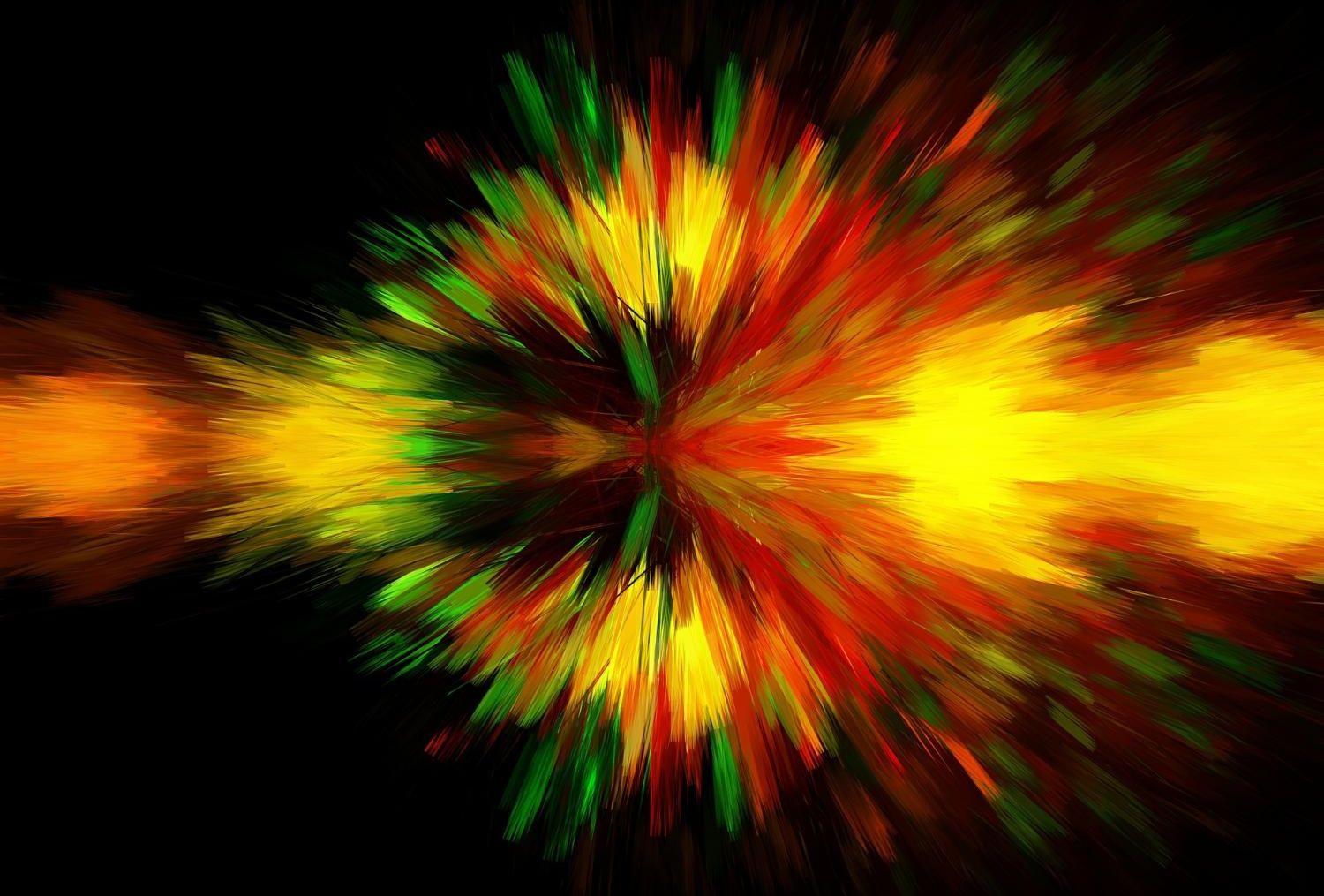The discovery that living and dead cockroaches have strikingly different magnetic properties could help bioengineers design new magnetic sensors.



Current News
TITAN-III Spider Robot Is WAY Too Quick (Video) ‘My little friends can find you wherever you go!’
Bill Gates Suggests Tax On Robots ‘A worker replaced by a nubot that ‘appears or pretends to be human’ had to be compensated…’
Handle, New Wheeled Hopping Robot ‘the hopper sprang thirty feet into the air…’.

Current News
TITAN-III Spider Robot Is WAY Too Quick (Video) ‘My little friends can find you wherever you go!’
Bill Gates Suggests Tax On Robots ‘A worker replaced by a nubot that ‘appears or pretends to be human’ had to be compensated…’
Handle, New Wheeled Hopping Robot ‘the hopper sprang thirty feet into the air…’.

The encryption codes that safeguard internet data today won’t be secure forever.
Future quantum computers may have the processing power and algorithms to crack them.
Nathan Hamlin, instructor and director of the WSU Math Learning Center, is helping to prepare for this eventuality.

Research from McMaster University has found that bacteria in the gut impacts both intestinal and behavioural symptoms in patients suffering from irritable bowel syndrome (IBS), a finding which could lead to new microbiota-directed treatments.
The new study, published today in Science Translational Medicine, was led by researchers from the Farncombe Family Digestive Health Research Institute at McMaster, Drs. Premysl Bercik and Stephen Collins, in collaboration with researchers from the University of Waterloo.
IBS is the most common gastrointestinal disorder in the world. It affects the large intestine and patients suffer from abdominal pain and altered bowel habits like diarrhea and constipation, which are often accompanied by chronic anxiety or depression. Current treatments aimed at improving symptoms have limited efficacy because the underlying causes are unknown.
Lawrence Livermore National Laboratory (LLNL) researchers have become the first to 3D print aerospace-grade carbon fiber composites, opening the door to greater control and optimization of the lightweight, yet stronger than steel material.
The research, published by the journal Nature Scientific Reports online on Feb. 28, represents a “significant advance” in the development of micro-extrusion 3D printing techniques for carbon fiber, the authors reported.
“The mantra is ‘if you could make everything out of carbon fiber, you would’—it’s potentially the ultimate material,” explained Jim Lewicki, principal investigator and the paper’s lead author. “It’s been waiting in the wings for years because it’s so difficult to make in complex shapes. But with 3D printing, you could potentially make anything out of carbon fiber.”

Gas outflows are common features of active supermassive black holes that reside in the center of large galaxies. Millions to billions of times the mass of the Sun, these black holes feed on the large disks of gas that swirl around them. Occasionally the black holes eat too much and burp out an ultra-fast wind, or outflow. These winds may have a strong influence on regulating the growth of the host galaxy by clearing the surrounding gas away and suppressing star formation.
Scientists have now made the most detailed observation yet of such an outflow, coming from an active galaxy named IRAS 13224–3809. The outflow’s temperature changed on time scales of less than an hour, which is hundreds of times faster than ever seen before. The rapid fluctuations in the outflow’s temperature indicated that the outflow was responding to X-ray emissions from the accretion disk, a dense zone of gas and other materials that surrounds the black hole.
The new observations are published in the journal Nature on March 2, 2017.

A Yale-led team has produced one of the highest-resolution maps of dark matter ever created, offering a detailed case for the existence of cold dark matter—sluggish particles that comprise the bulk of matter in the universe.
The dark matter map is derived from Hubble Space Telescope Frontier Fields data of a trio of galaxy clusters that act as cosmic magnifying glasses to peer into older, more distant parts of the universe, a phenomenon known as gravitational lensing.
Yale astrophysicist Priyamvada Natarajan led an international team of researchers that analyzed the Hubble images. “With the data of these three lensing clusters we have successfully mapped the granularity of dark matter within the clusters in exquisite detail,” Natarajan said. “We have mapped all of the clumps of dark matter that the data permit us to detect, and have produced the most detailed topological map of the dark matter landscape to date.”
SpaceX’s announcement that they will launch two tourists on a trip around the moon has captured imaginations with renewed speculation about the future of space travel and accessibility to the beyond.
“We are excited to announce that SpaceX has been approached to fly two private citizens on a trip around the moon late next year. They have already paid a significant deposit to do a moon mission,” Musk wrote in their announcement. “Like the Apollo astronauts before them, these individuals will travel into space carrying the hopes and dreams of all humankind, driven by the universal human spirit of exploration.”
However, it really is not fair to a number of other companies that are revolutionizing space travel all the same but don’t have the substantial resources or notoriety of Elon Musk’s gargantuan company. Musk’s celebrity status makes his every tweet a news story (not totally unlike, but in many ways extremely unlike, the newest US president). With that sort of figure, it is hard to capture people’s attention if you are running one of SpaceX’s “pretenders” and competitors. The Hawthorne, Cali company not only operates its own mission services using rockets it built itself, but also sells those rockets to other launch providers.